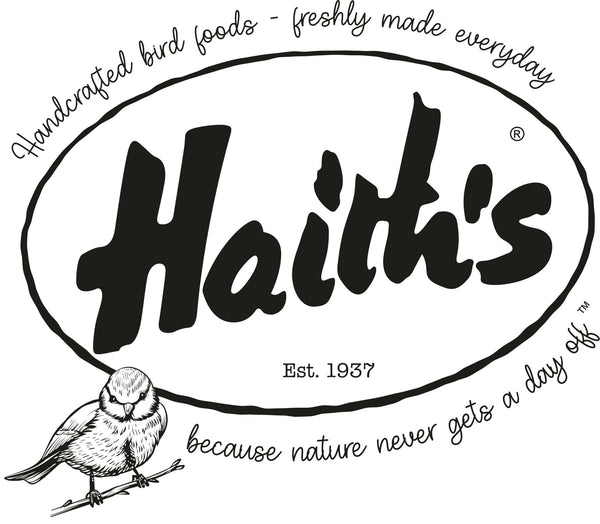Moult and Meals: Caring for Lovebirds and Parrot-Type Birds During the Moult
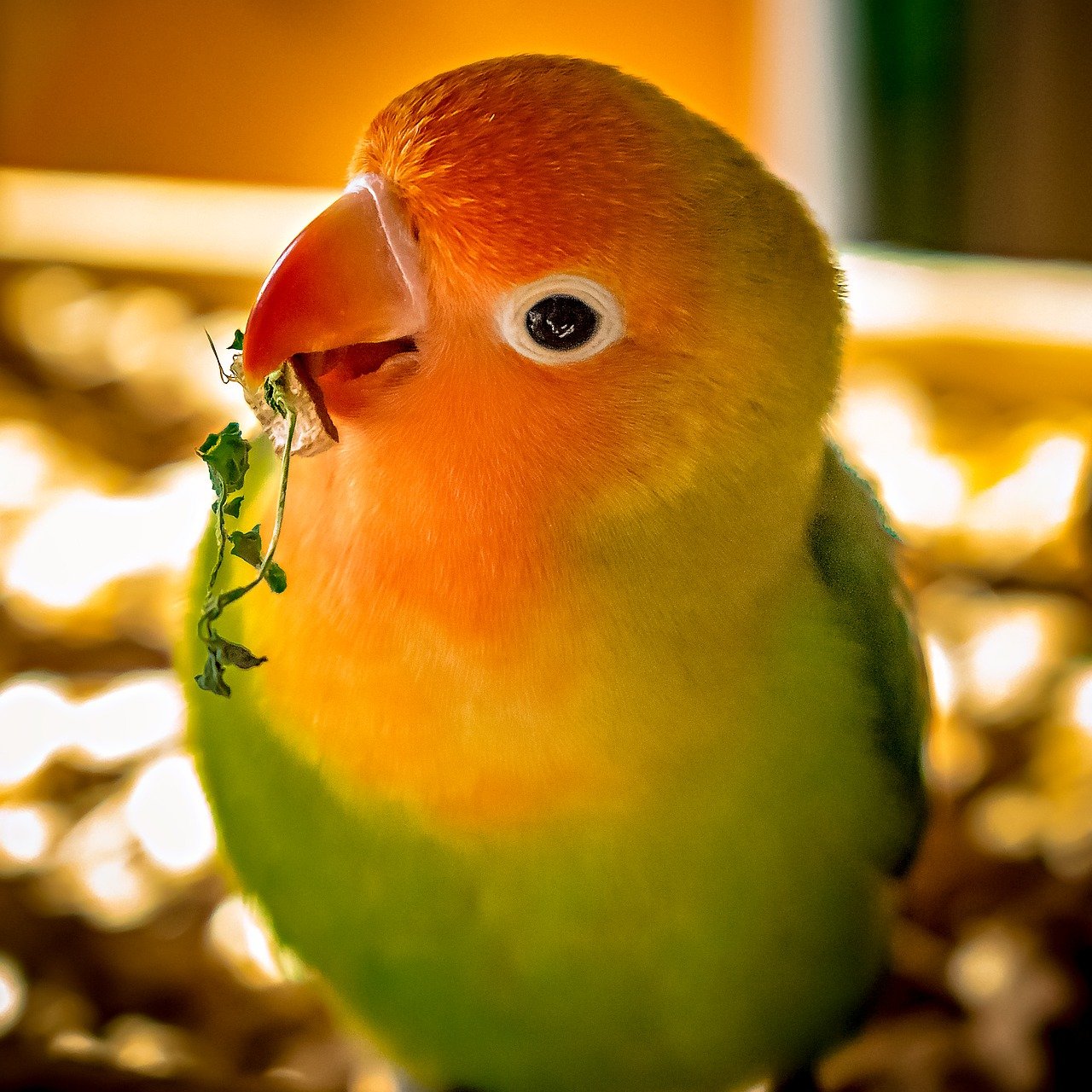
At Haith’s, we know how much our customers care about the health and happiness of their birds. Whether you share your home with a pair of lively lovebirds or a chatty parrot, moulting season can be a challenging time for both you and your bird. The good news is that with a little extra care, the right nutrition and a calm routine, your bird will come through this natural process with a brilliant new coat of feathers and renewed vitality.
In this article, we’ll explain what moulting is, how to care for parrots and lovebirds during this time, and which Haith’s products can best support them along the way.
Understanding the Moult
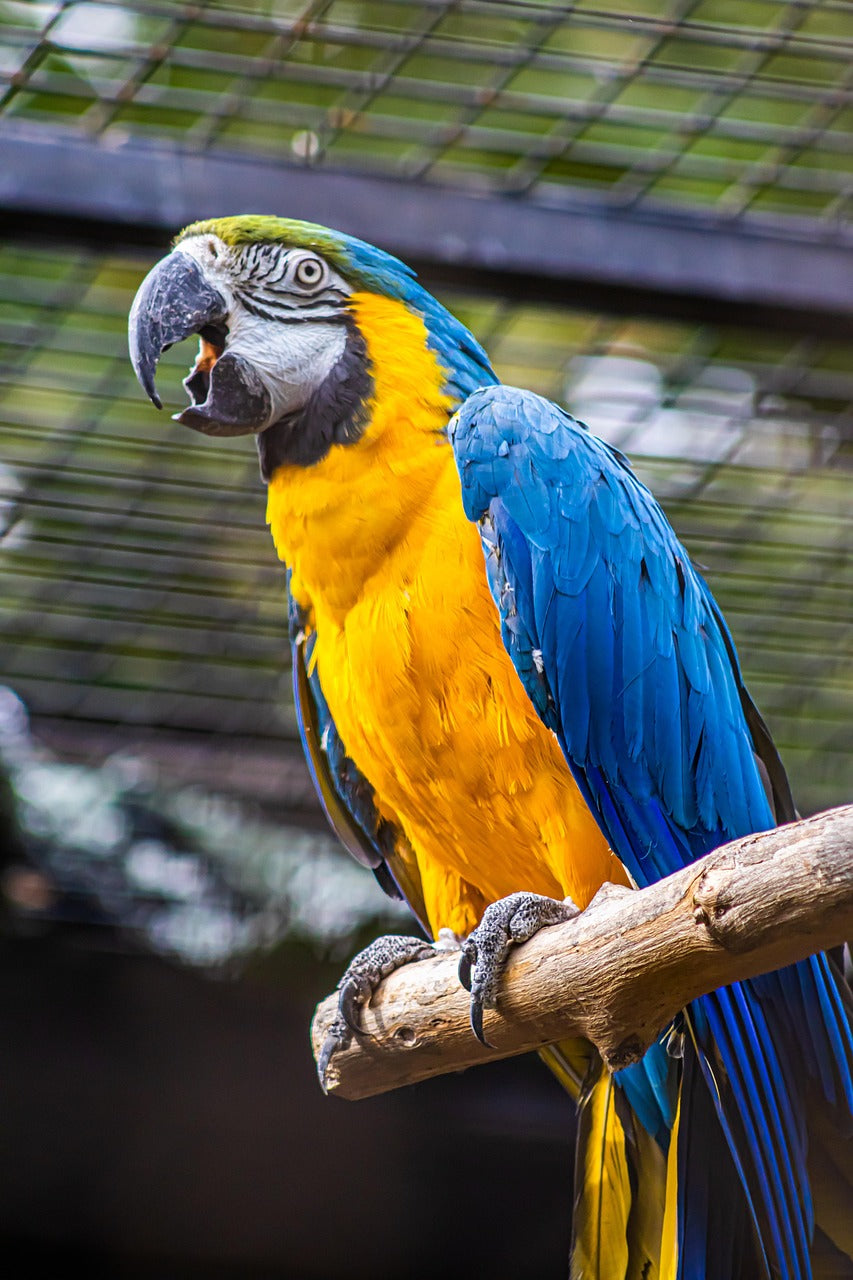
Moulting is the natural process where birds shed old feathers and grow new ones. It usually happens once or twice a year, though the exact timing and duration can vary depending on the species, environment, and individual bird.
For lovebirds and smaller parrot species, a moult may last several weeks, while larger parrots may replace their feathers more gradually over several months. Each new feather grows from a follicle in the skin and appears as a “pin feather” - covered in a thin sheath that eventually flakes away as the feather matures. These new feathers are delicate and rich in blood supply while developing, so gentle handling and a calm environment are essential.
Feather regrowth demands a lot of energy and nutrients. Protein, essential fatty acids, vitamins, and minerals are all heavily used during the moult. Without adequate nutrition, feathers may appear dull, brittle, or incomplete, and your bird can become tired or irritable.
Feeding for Feather Health
A healthy, balanced diet is the cornerstone of a successful moult. At Haith’s, we’ve spent decades perfecting seed mixes that meet the nutritional needs of all kinds of birds - including parrots, lovebirds, and other psittacines.
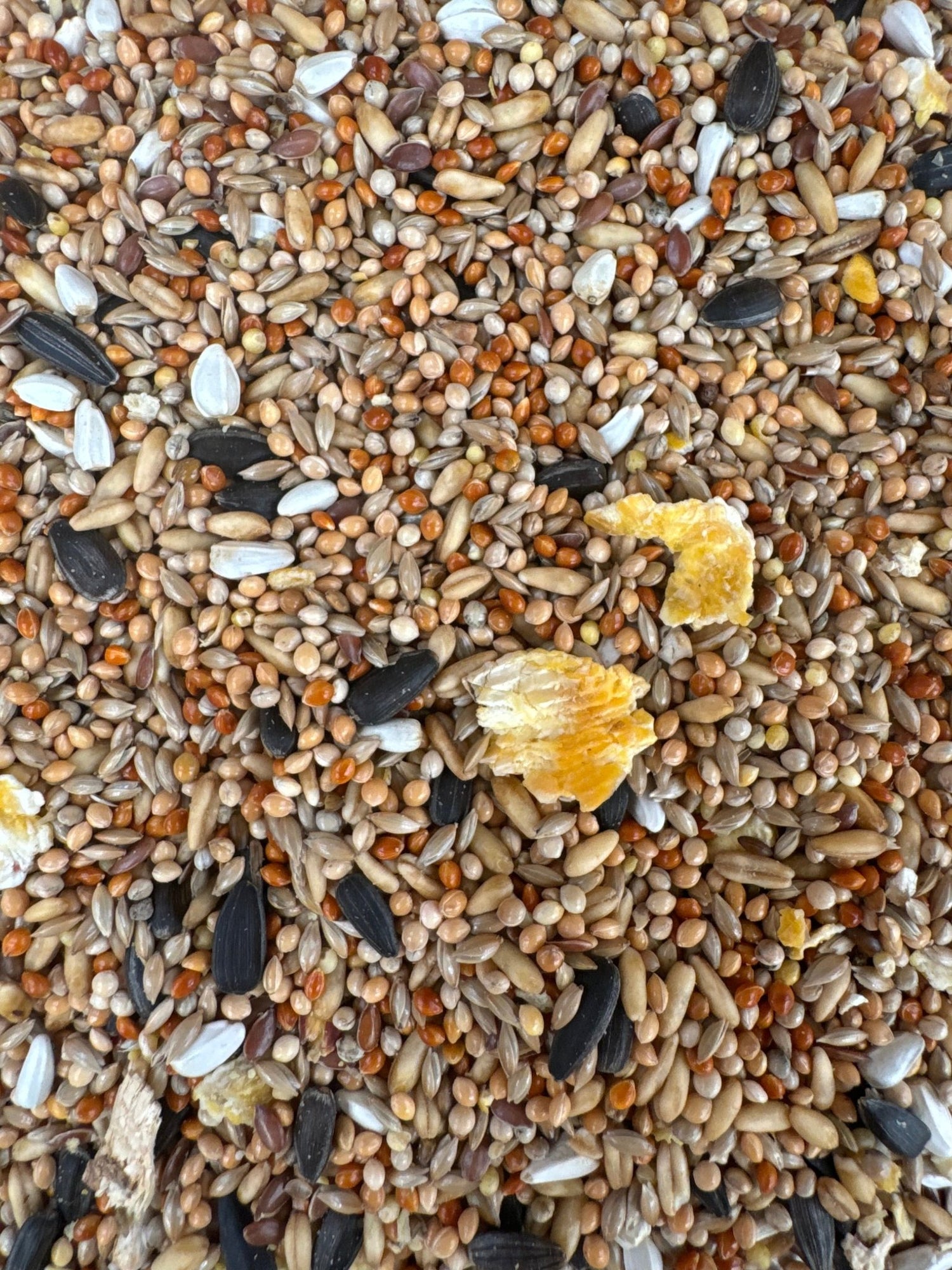
Start with a Quality Base Mix
A dependable, clean base diet is essential. Our Haith’s Lovebird Mix is formulated specifically for lovebirds and other small parrots. It’s a carefully balanced combination of canary seed, white and red millet, and a variety of oil-rich seeds that provide essential energy without excess fat.
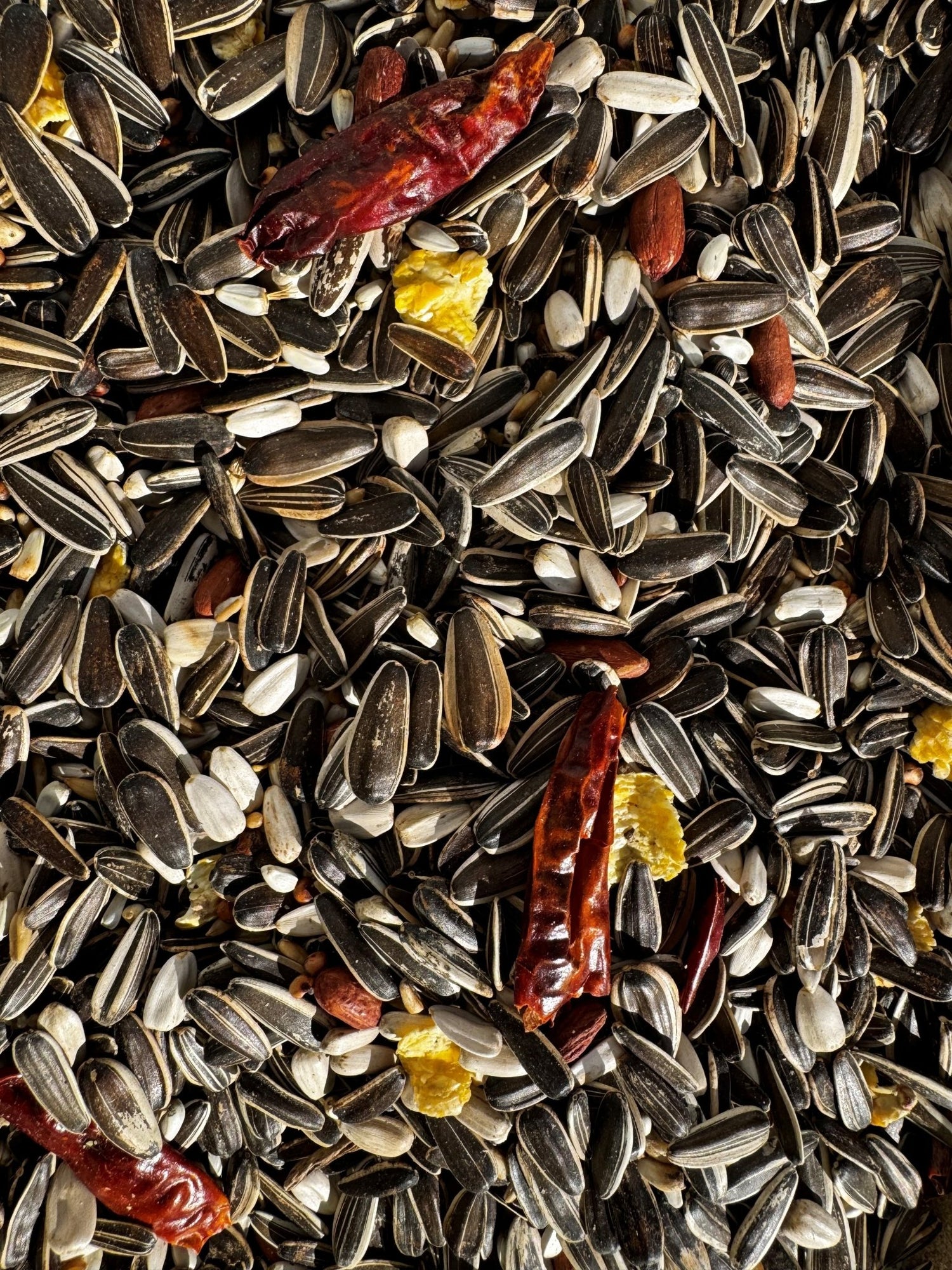
For larger parrots, our Haith’s Parrot Food offers a wholesome mix that caters for their bigger appetites and higher energy needs.
Each seed we use is super-clean and dust-free, ensuring your bird receives the purest nutrition possible - something particularly important during the moult when respiratory sensitivity can increase.
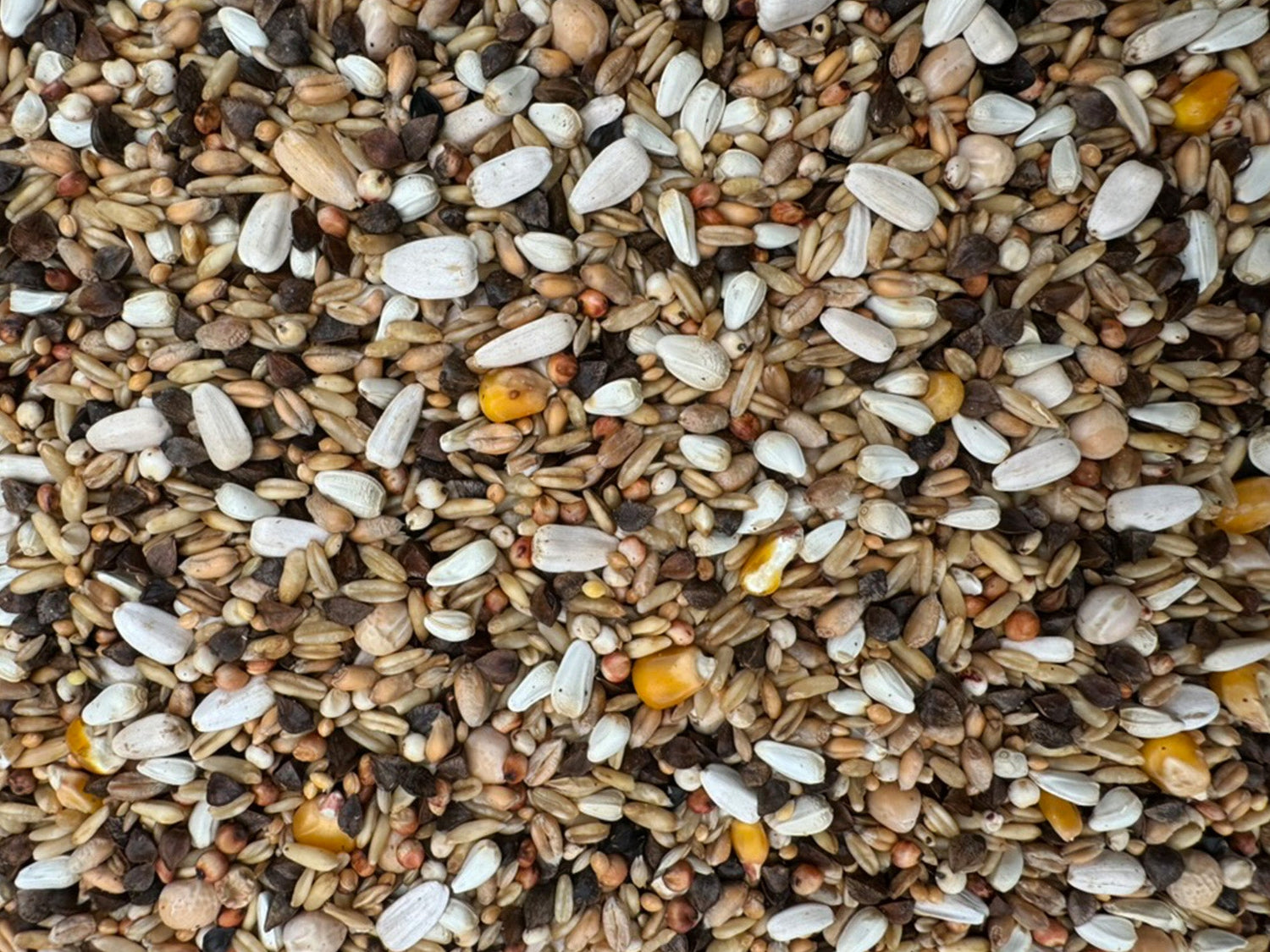
Add Tonic Seeds for Extra Support
During moulting, birds benefit from a boost in nutrients. Our Parrot-Like Tonic Seed mix is an excellent addition to their daily diet. Packed with high-energy ingredients, it supports feather regrowth and helps your bird maintain condition during this demanding period.
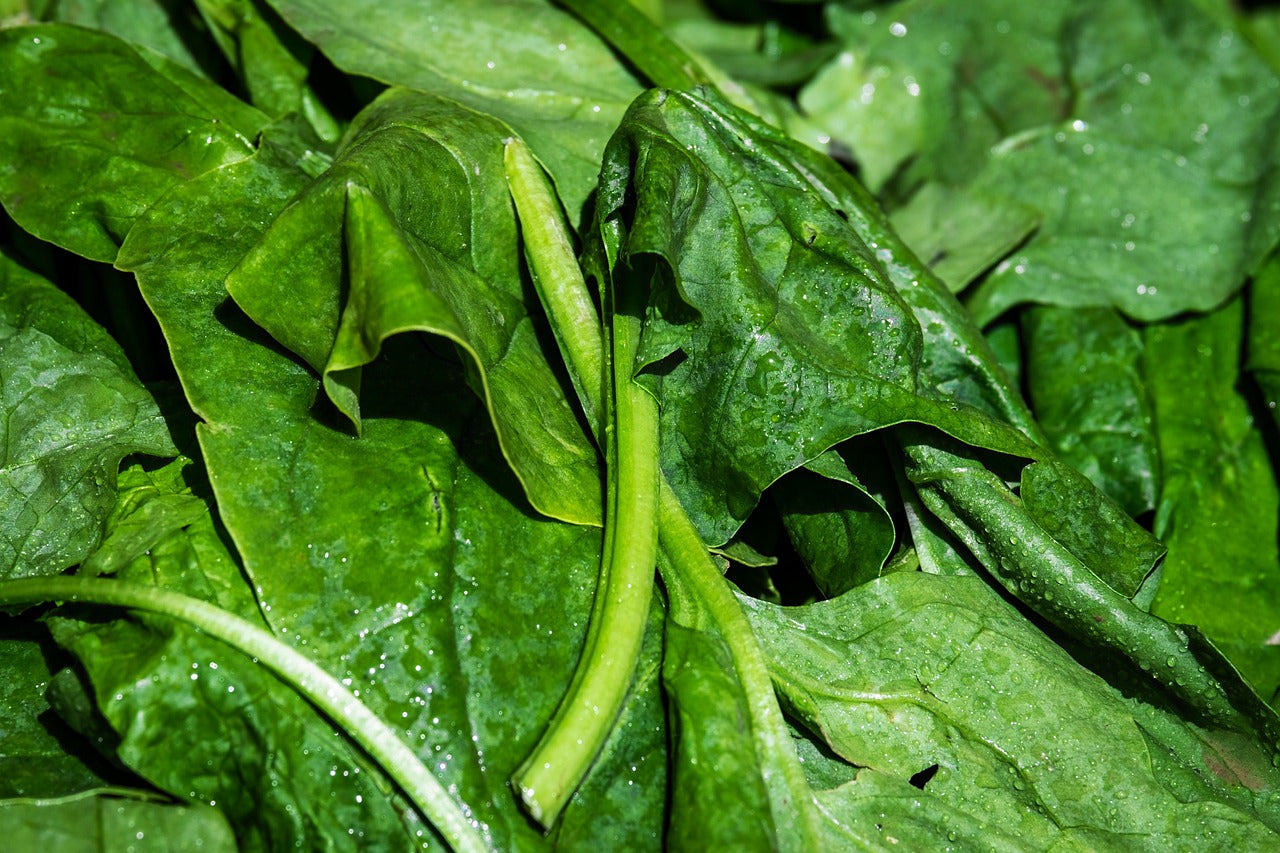
Include Soaked Seeds and Fresh Foods
Soaking seeds or sprouting millet sprays can make them softer and easier to digest, providing natural moisture and enzymes that support feather formation. You can also add small portions of cooked lentils or beans for a gentle protein boost. Don’t forget the fresh foods - finely chopped leafy greens like spinach or kale, grated carrot, apple, or sweet potato will provide valuable vitamins and minerals. Just be sure to remove any uneaten fresh food daily to keep the cage clean.
Comfort and Care During the Moult
Nutrition is vital, but comfort and environment matter just as much. Moulting can make birds feel itchy, tired, or irritable. A few thoughtful changes will help them through this sensitive phase.
-
Keep Them Warm and Calm
New feathers don’t provide much insulation, so ensure your bird’s environment is draft-free and comfortably warm. Keep to a steady routine and avoid loud noises or major cage moves during this period. Reduced stress allows your bird’s energy to go into feather growth rather than coping with disruption.
-
Bathing and Misting
Regular bathing or gentle misting encourages clean, supple feathers and helps loosen the keratin sheaths on pin feathers. Many lovebirds adore a shallow dish of clean, lukewarm water to bathe in. For larger parrots, a fine spray from a clean plant mister often does the trick.
-
Enrichment Without Overhandling
While it’s best to avoid too much handling when pin feathers are still tender, enrichment remains important. Foraging toys, chewable branches, and millet sprays keep your bird mentally stimulated without unnecessary stress. Haith’s Millet Sprays are perfect for this - they satisfy natural foraging instincts and offer a nutritious, gentle treat.
When to Seek Advice
Some feather loss is normal, but if you notice bald patches, persistent plucking, bleeding from pin feathers, or your bird seems unusually quiet, consult an avian vet. Sometimes feather issues can be linked to diet, parasites, or other health concerns, so it’s always worth checking.
If a blood feather is damaged and bleeding, apply gentle pressure with a clean cloth and contact your vet for guidance. Never attempt to pull feathers out yourself.
A Typical Daily Feeding Routine - To help your bird through the moult, we suggest:
Tip one
A morning feed of Haith’s Lovebird Mix or Haith’s Parrot Food as the staple base.
Tip two
Midday or evening: a teaspoon or two of Parrot-Like Tonic Seed or Condition Seed (no rape) for Lovebirds – for a healthy boost.
Tip three
Fresh fruit or vegetables offered daily in small portions.
Tip four
A constant supply of clean water, plus Oyster Shell Grit or Cuttlefish Bone for minerals.

The Haith’s Touch
For over 85 years, Haith’s has been helping bird keepers care for their birds with pure, safe, and nutritious foods. Our super-clean seed and soft food ranges are developed with the wellbeing of birds at heart - whether they’re feeding chicks, keeping condition, or replacing their feathers during the annual moult. Every product is carefully prepared at our Lincolnshire factory, using only the finest ingredients. We believe that feeding clean, wholesome food is one of the most caring things you can do for your bird - and moulting season is the perfect time to show them just how much you care.
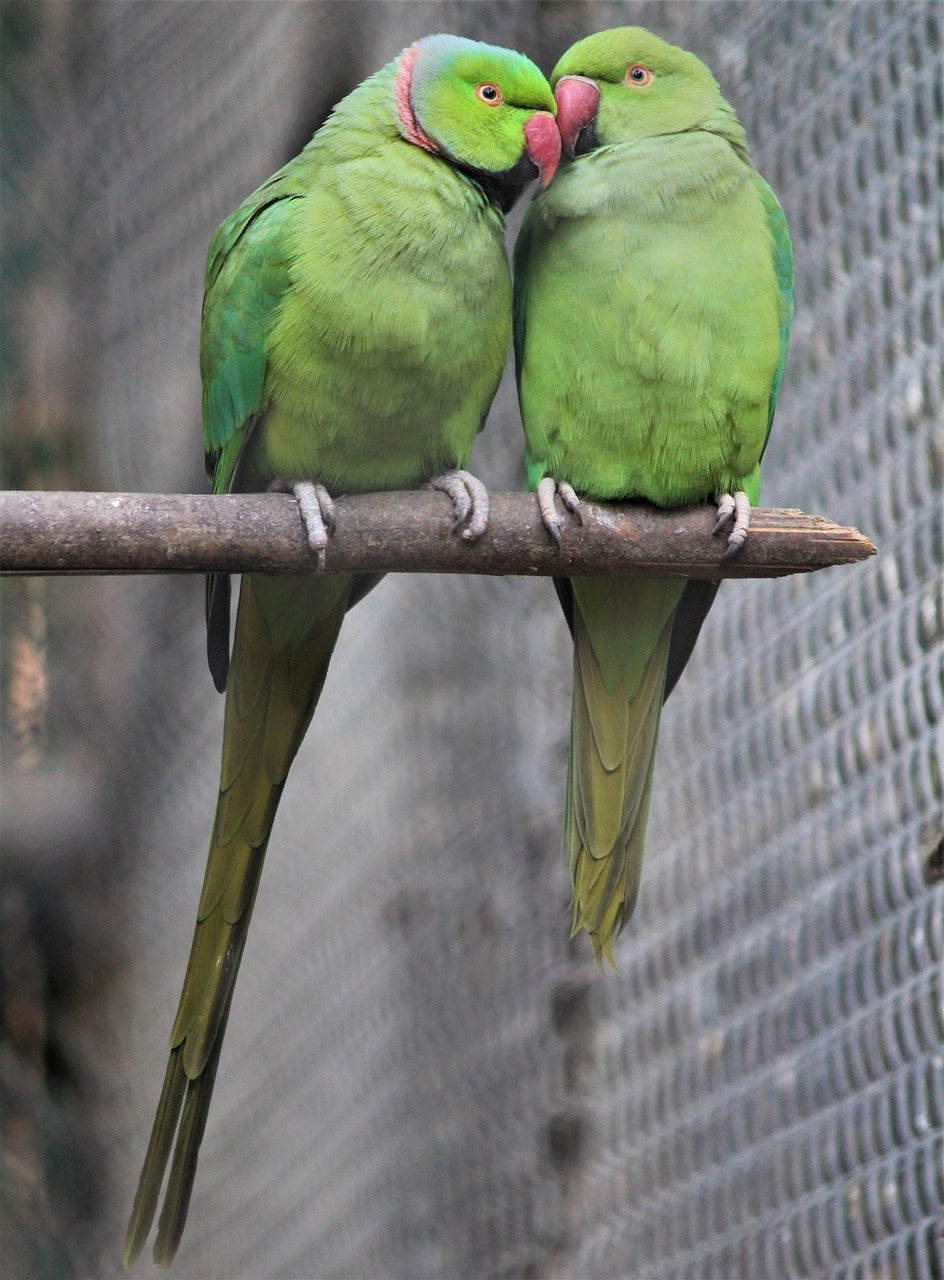
At Haith’s, we’re here to help you keep your birds in their best possible condition. With the right care, a balanced diet, and a calm environment, your lovebirds and parrots will sail through their moult and soon be showing off their beautiful new plumage - bright, healthy, and full of life.
Discover our hand-picked favourites
-
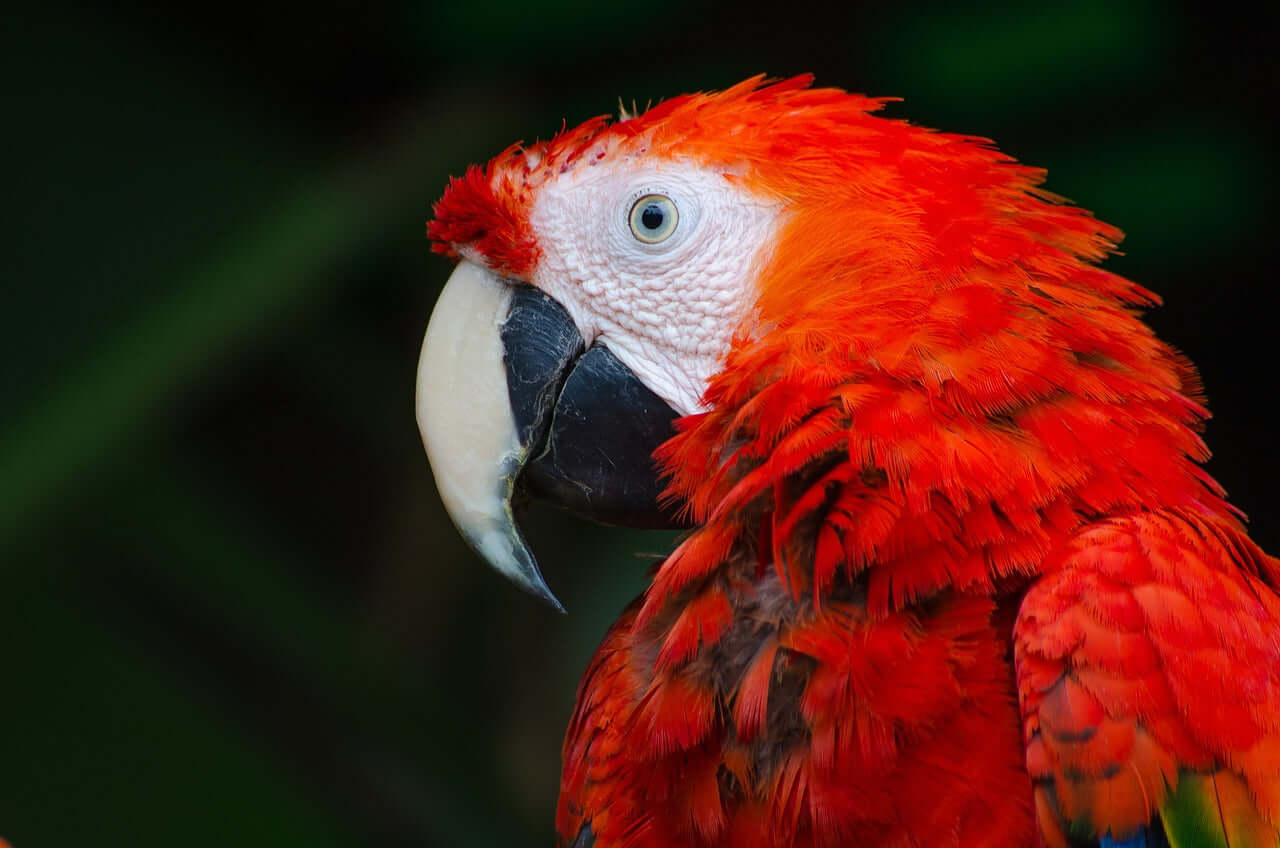
Large Parrot Food – Balanced Nutrition for African Greys, Macaws & More
We produce several parrot food mixes, tonics and treats to help parrots...
-
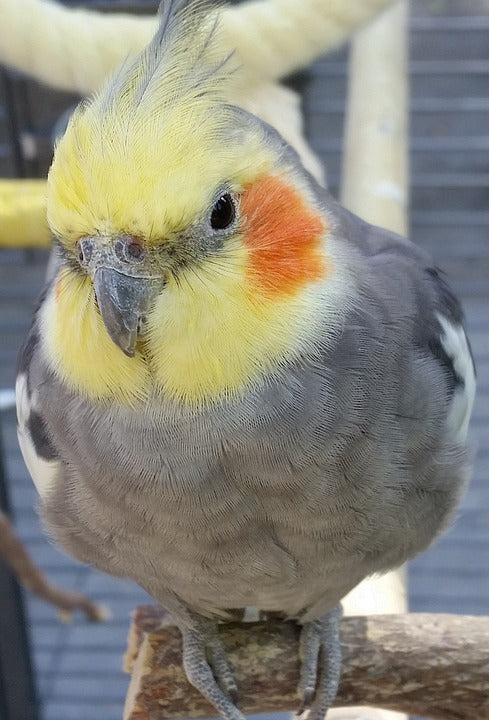
Small Parrot Food – Perfect for Cockatiels, Lovebirds & More
This hand-picked collection is specially formulated for Cockatiels, Parakeets (including Ringnecks and...
